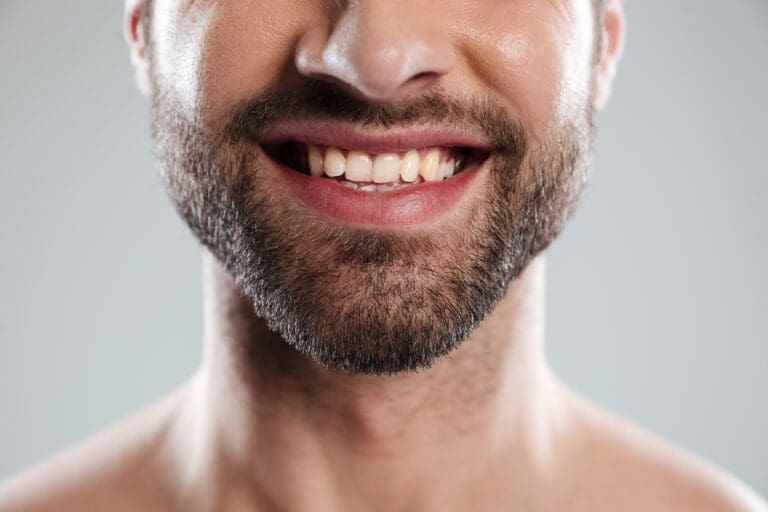Beard Transplant
This procedure is similar to a hair transplant, but specifically involves transplanting hair to the beard area.

Am I a good candidate for this procedure?
You may be a good candidate for a beard transplant if you have patchy or thin areas in your beard and have enough healthy hair follicles to transplant to these areas. The best way to determine if you are a good candidate is to consult with a dermatologist or plastic surgeon who can evaluate your specific needs and medical history.
How is the procedure performed?
Beard transplant surgery is typically performed using the same techniques as a hair transplant, including follicular unit transplantation (FUT) and follicular unit extraction (FUE). In FUT, a strip of skin containing healthy hair follicles is removed from the back or side of the head and then dissected into individual follicular units. These units are then transplanted to the thinning or balding areas in the beard. In FUE, individual follicular units are harvested directly from the scalp using a special punch tool and then transplanted to the desired areas in the beard.
How long does the procedure usually last?
The length of the procedure will depend on the extent of the treatment and the method being used. A beard transplant can take anywhere from several hours to several days to complete.
How long will I need to remain in the hospital after the procedure?
Beard transplant surgery is typically performed on an outpatient basis, so you will not need to stay in the hospital after the procedure. However, you may need to have someone drive you home after the procedure, as the effects of the anesthesia can take several hours to wear off.
What is the healing process after surgery?
After the procedure, you will need to follow the surgeon’s instructions for caring for the transplant site and managing any discomfort. You may experience some swelling, bruising, and crusting at the donor and recipient sites, which should resolve within a few days. The transplanted hair will fall out within the first two to three weeks after the procedure, but new hair growth should begin within several months.
Will the procedure leave scars?
Beard transplant surgery will typically leave scars at the donor and recipient sites. However, these scars should be well-hidden by the surrounding beard hair and will become less noticeable over time.
How long before I can return to my normal daily activities?
Most people are able to return to their normal daily activities within a few days of a beard transplant. However, you should avoid strenuous activity and follow your surgeon’s instructions for caring for the transplant site. It may take several weeks or months for the swelling to fully resolve and for the final results to be apparent. You should also be gentle when washing and grooming your beard for the first few weeks after the procedure to avoid damaging the transplanted hair follicles.
